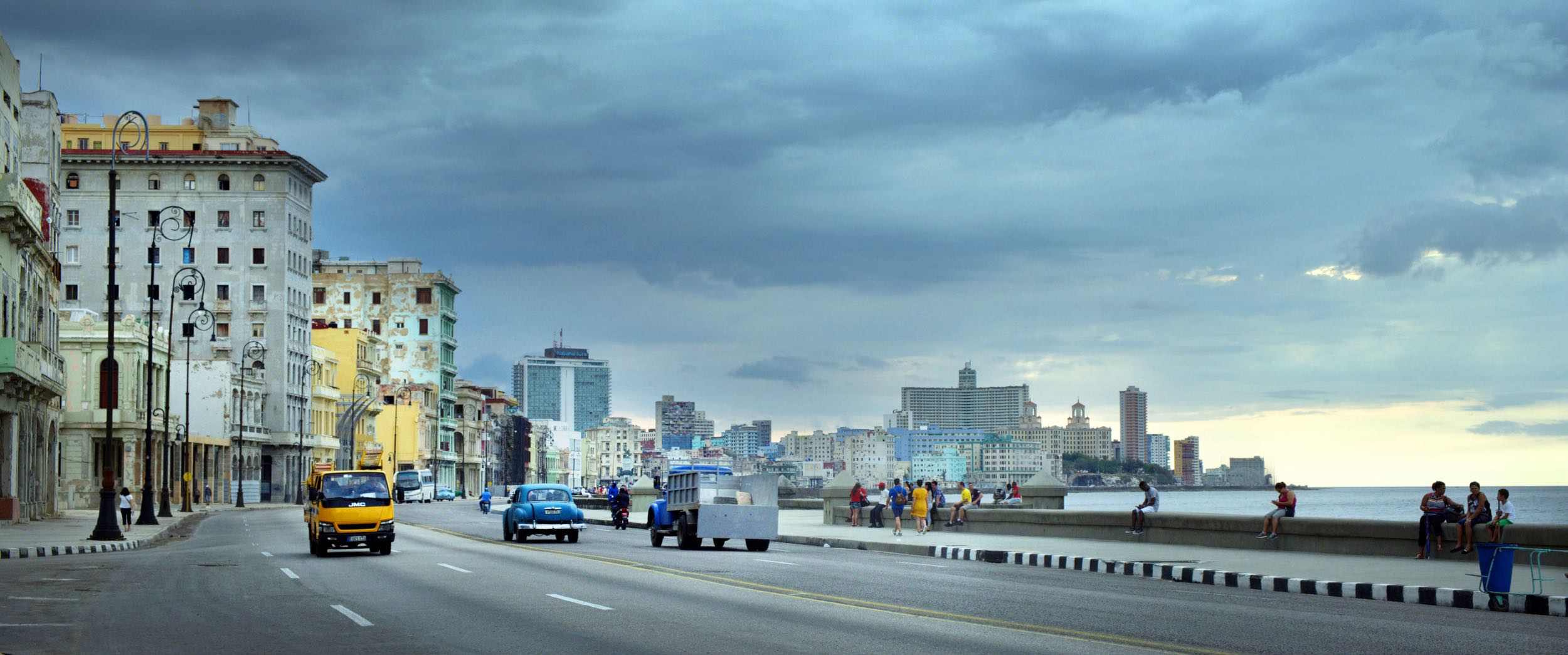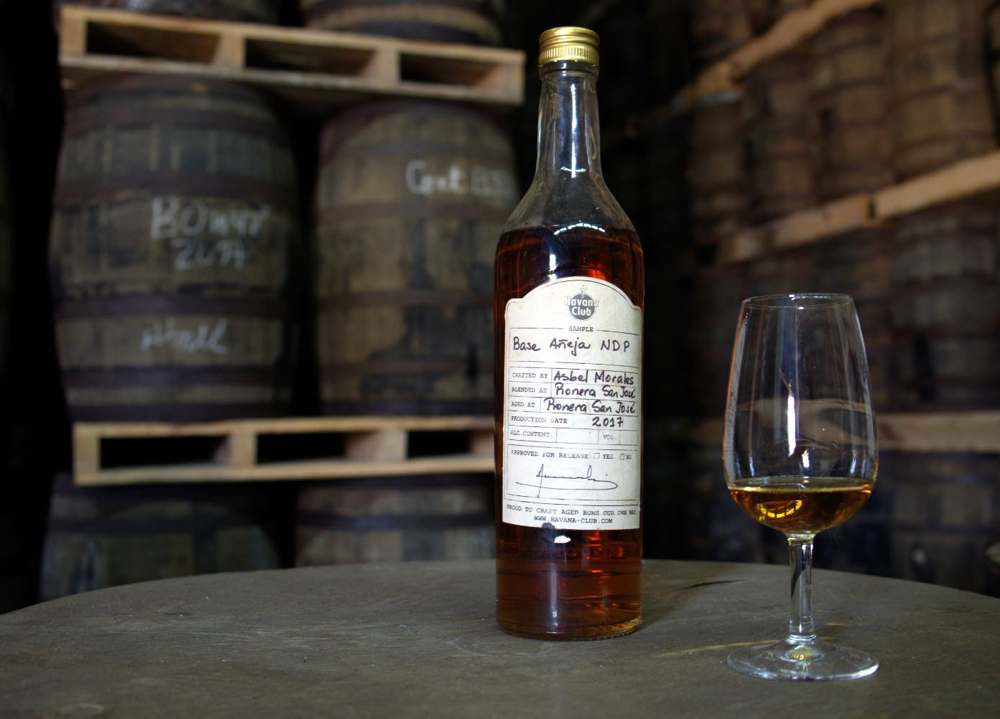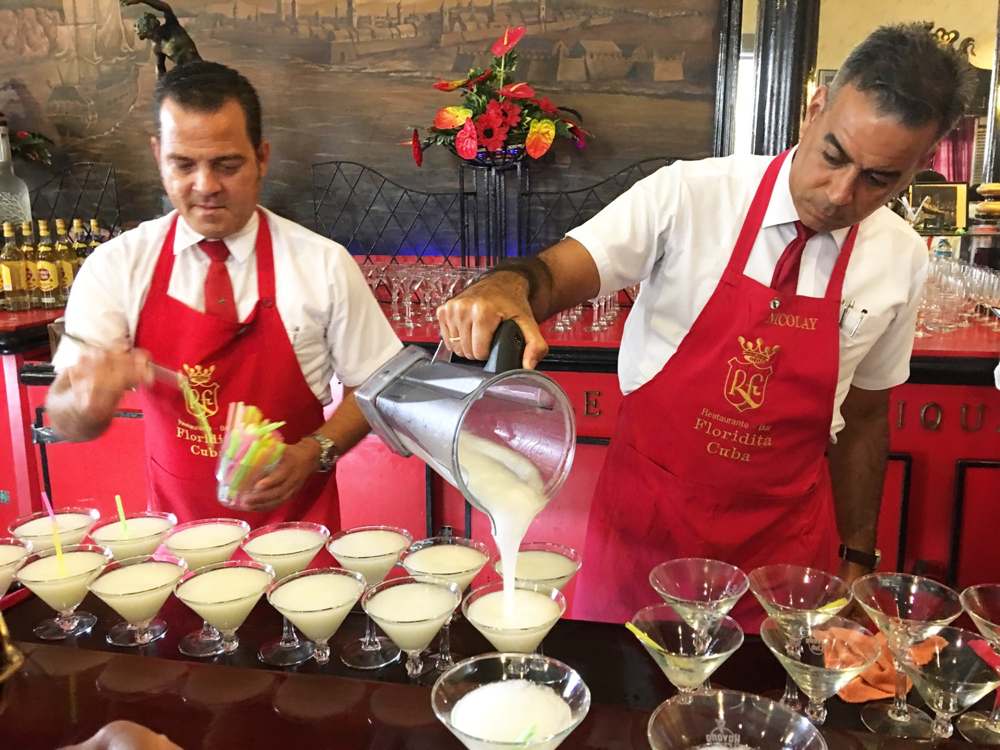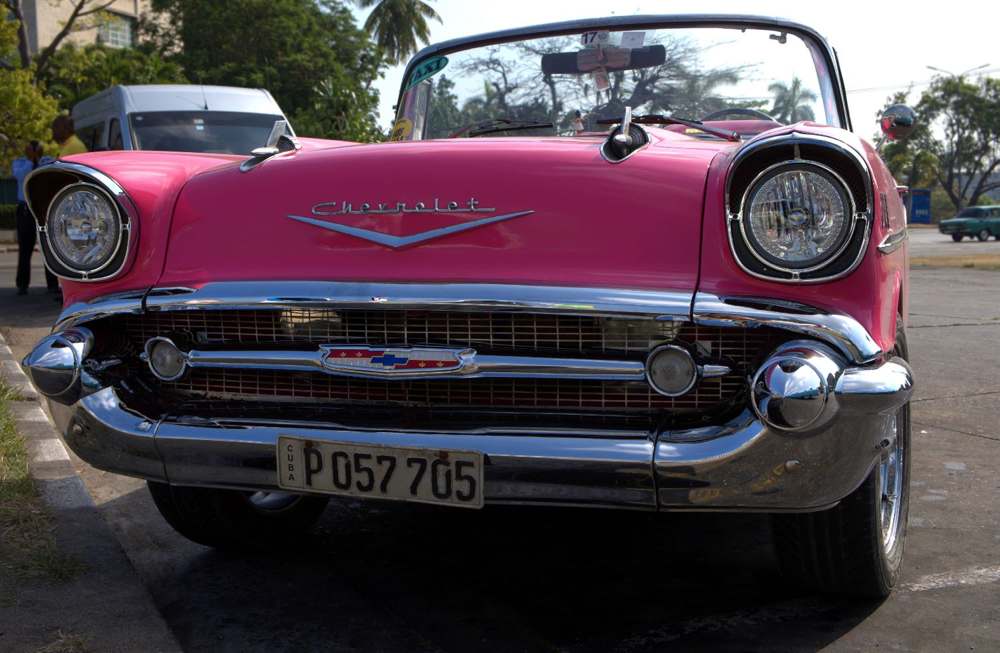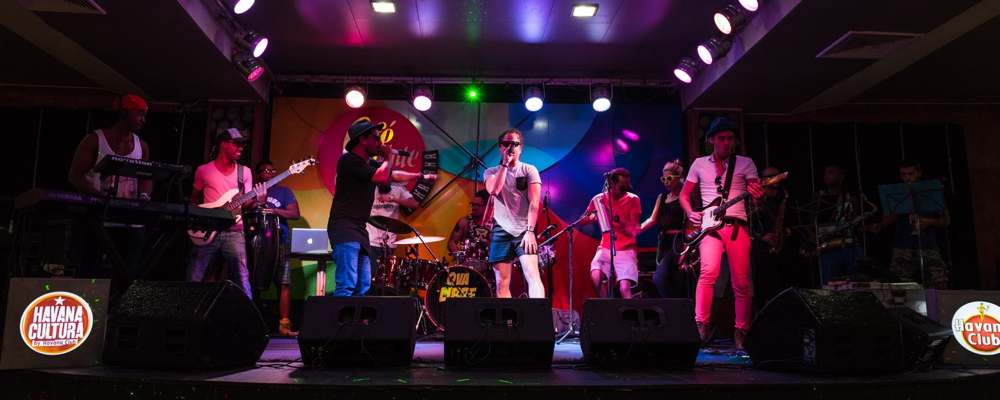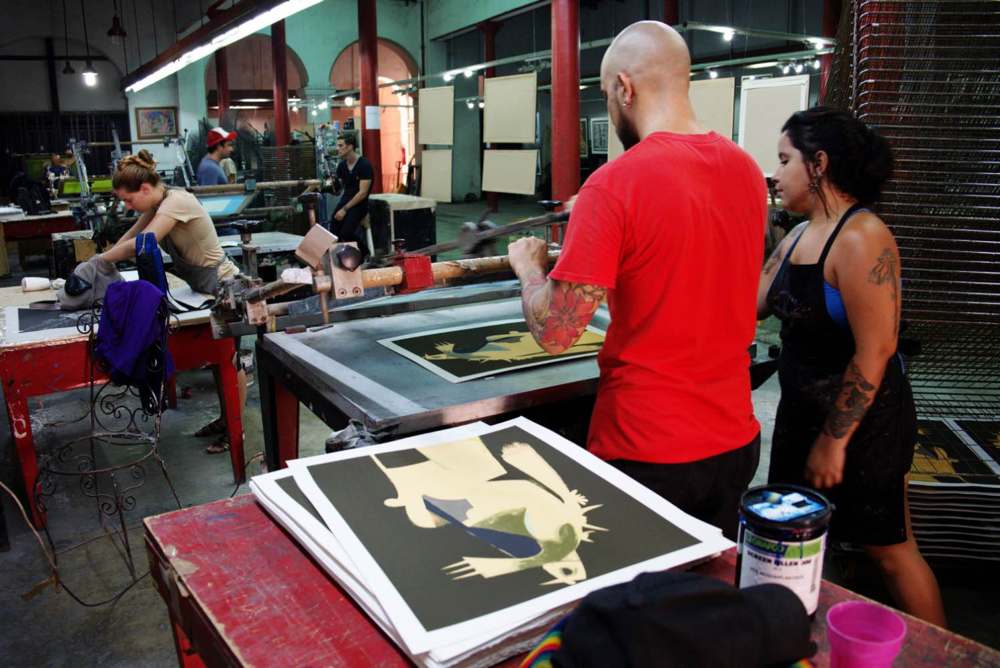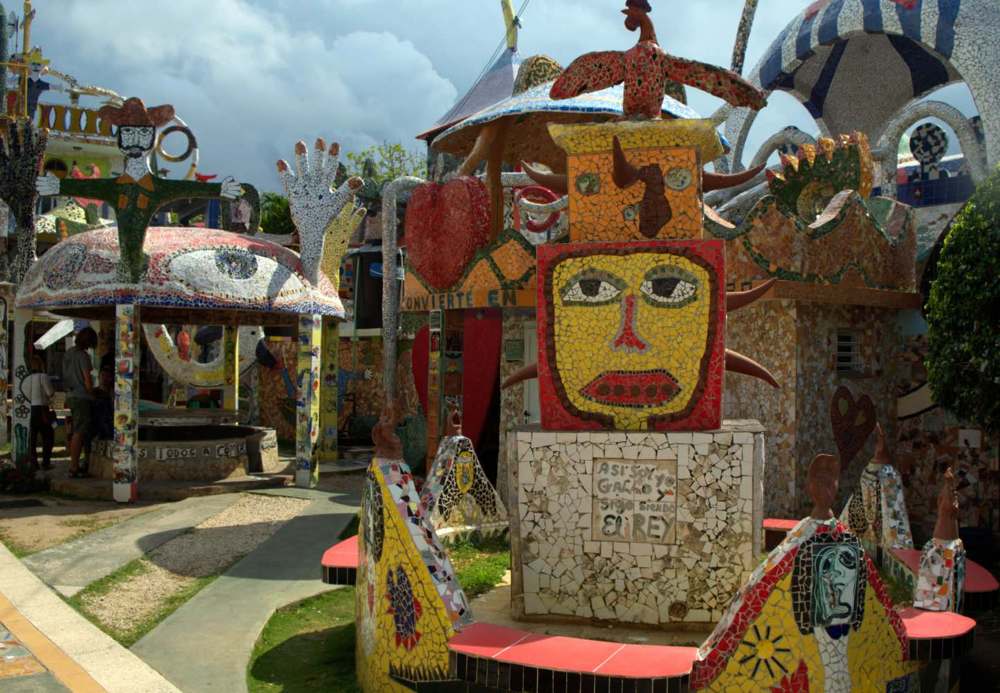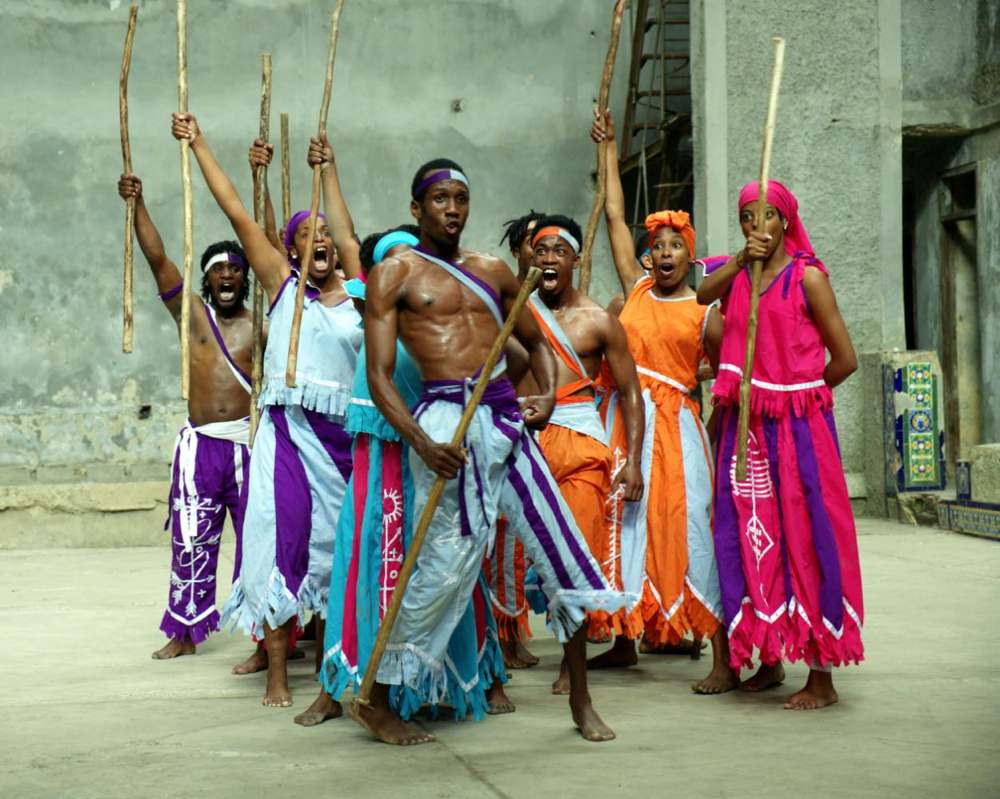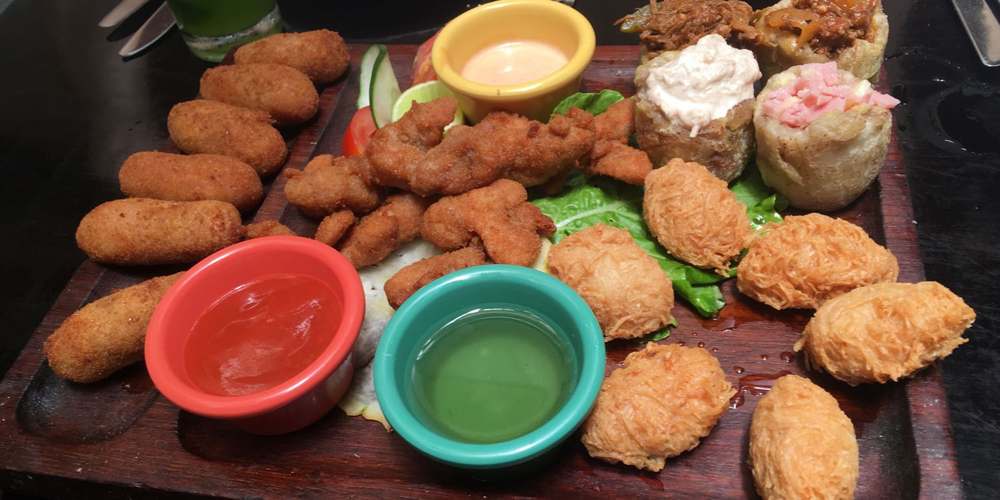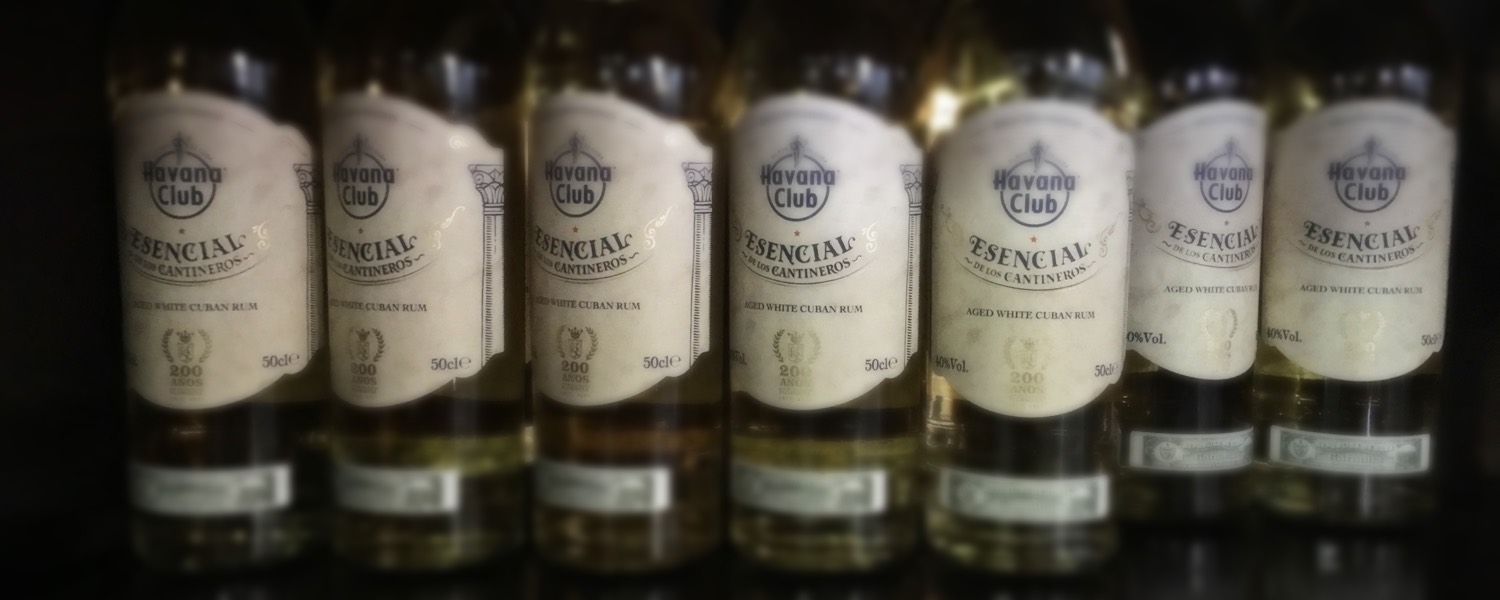Five days of Cuban rum, vintage chromed cars, a vibrant scene of music, art and dance give having a good time in Havana a new meaning, as Robin Brown discovers
The air is filled with the heady scent of molasses, an angel’s share of alcohol and musty oak. I take a deep breath to steady myself in the barrel storage warehouse belonging to the Havana Club distillery, eyes wide like a delighted boy in a candy store.
Standing at the makeshift tasting bar lined with bottles of rum signed by Asbel Morales, one of the world’s foremost rum masters and Master of Rum at the Havana Club distillery, I’m asked if I’d like to sample them. The question “Is the pope Catholic?” comes to mind. I look at my watch, it’s 10:30 am, a little early, but then it’s never too early for a tot of rum. And so starts my Cuban rum adventure.
I love rum and drink mainly rum from the Caribbean, recently Panamanian, but never Cuban, at least not knowingly and certainly not of the quality I’m sampling now. Every sip is bursting with character. Every trickle is a beguiling complexity of flavour brought forth by age-old brewing secrets and mastery.
The Havana Club distillery doesn’t have tours. However, Museo del Ron Havana Club aka the Rum Museum (Avenida del Puerto 262, esq. Sol, Habana Vieja) gives visitors a great insight into the foundations of the Cuban rum industry and its legacy. The museum also has a terrific scale model of a rum factory complete with a model railway. At the end of the tour, visitors can try a selection of rums or rum-infused cocktails. You can also purchase your favourite bottles too. If you like your rum neat, Havana Club 7 is an excellent choice. Havana Club 15 and Havana Club Union are the two other firm favourites of mine. The Union is a special blend created by the brand’s Maestro Ronero Asbel Morales and Fernando Fernández, a renowned Cuban cigar sommelier. As you can probably guess, it is rich and intense with deeply-pleasing smoky notes, made to be the perfect accompaniment to a Cuban cigar.
For visitors who love rum and Hemmingway, then El Floridita (Obispo 557 esq a Monserrate Habana Vieja) is a worthy diversion. This self-proclaimed ‘cradle of the daiquiri’ used to be Hemmingway’s favourite bar.
Vintage chromed creativity
Cuban creativity, however, is never more apparent than through the large number of retro American cars still in daily use (over 60,000 – local estimate), dating back to pre-1959. This is probably one of the most exported photographical aspects of Cuban life. Under the hood lies a different story, however, as keeping these chrome gas-guzzling beauties on the road and in daily action for nearly 60 years is no mean feat of ingenuity.
You’ll still find the original engine in many vehicles, but equally, many have been retrofitted with Chinese, eastern European or Russian power plants, even a boat engine apparently. One could use the car scene as a metaphor for other aspects of Cuban life and culture – necessity is the mother of all invention, or in this case, creativity.
The music scene
While still largely cut off economically from much of the world, Cuba has maintained and developed its artistic links with an explosion of artists exploring mixes of Latin, African, jazz and soul. Such influences are slowly overtaking time-honoured cultural icons such as the Cuban salsa. At present, Reggaeton is hugely popular in Cuba. Originating from Puerto Rico, Reggaeton has enjoyed tremendous success in recent years thanks to the ever-popular Despacito, which has over 5 billion views on YouTube so far.
It must be said that music industry figures such as Giles Peterson, known for his roots in pirate radio and latterly on KissFM and Radio 1, have taken a keen interest in the emerging talent Cuba is cultivating. Peterson has teamed up with Havana Club to promote Cuban music through Havana Cultura. Artists in his line up include Danay Suarez, Arema Arega and you’ll even find London dub-step producer Mark Lawrence, aka Mala collaborating with Peterson and local musicians. The standout artist for me is Dayme Arocena, an amazing jazz singer who is like a Cuban Nina Simone.
For a different club experience, check out Fabrica de Arte Cubano (Calle 26 | Corner 11, Havana), this converted cooking oil factory has a collection of art spaces showing photographic and cinematic art. It also has a bar and a vibrant concert space with regular DJ performances.
The art scene
Art is inescapable in Cuba. Inspirational graffiti adorns the crumbling walls of once magnificent buildings – many buildings in an advanced state of decay have been transformed into amazing artistic venues, and two of the best among the many are Factoria Habana Gallery (308 O’Reilly | e/ Habana y Aguiar, Habana Vieja) and Studio Gorria (San Isidro #214 e/ Picota y Compostela, Old Havana).
Printing is tightly controlled in Cuba, but that hasn’t stopped creative expression through the graphic arts. The silkscreen workshop of Rene Portocarrero (Cuba No 513 | Between Teniente Rey y Muralla, Havana) produces iconic Cuban-inspired limited edition prints using traditional manual screen printing techniques, some multi-colour, some monochromatic, but each evokes a deep passion for all things Cuban.
Even local residents have got in on the art scene. Visit the Fusterlandia art neighbourhood (Jaimanitas, Havana) to see the quirkier side of local Cuban art where residents have converted their buildings into almost living Picasso cubist styled works of art.
The dance scene
Cuba is famed for the salsa, but progressive artistic and theatrical dance is delving deep into Cuba’s cultural African roots. The Folkloric dance company, led by Ildolidia Ramos Jane, puts on a deeply passionate dance display combining elements ranging from ballet to ethnic African tribal dance. The address is Consulado #214 e/ Animas y Trocadero, Centro Habana.
The food scene
You would be forgiven for thinking that, in a country where food is still rationed, finding a decent restaurant might be a problem. Not so. While many locals can’t afford to eat out, there are those who can. Plus, the buoyant tourist industry provides further opportunities for Cuban food entrepreneurs to try new things. It’s worth remembering that there are two ‘types’ of restaurant: state-owned and privately-owned (paladares).
Seek out the paladares, as these are more likely to serve authentic Cuban home-style cuisine as well as a diverse range of other treats to tempt the adventurous pallet. The atmosphere in a paladare is usually relaxed, very friendly, with wonderful aromas wafting out of the kitchen and from other diner’s plates. The walls are usually adorned with often quirky but sometimes personal effects, all shouting for attention. Try Dona Eutimia (Callejon del Chorro # 60-C | Plaza de la Catedral, Habana Vieja), El Cocinero (Calle 26, Vedado | Between Calle 11 and 13, Havana) and Vistamar (Avenida 1ra No. 2206 e/ 22 y 24 | Miramar) on the coast.
If you have a few extra notes to spend, then La Guarida (Concordia. No. 418 | Gervasio y Escobar, Havana) is a must. This eclectic restaurant appeared in the Cuban movie Strawberry & Chocolate, and has since become one of Cuba’s most celebrated restaurants. It has seen its fair share of famous guests over the years too, including Steven Spielberg, Jack Nicholson, Naomi Campbell, Sting, Queen Sofia of Spain, Prince Albert of Monaco, to name a few.
Generally, the list of food to try in Cuba is endless with many restaurants serving a mix of internationally inspired dishes and authentic local dishes. The must-try local dishes include Ropa vieja, Moros y Cristianos, Empanada and Bistec de Palomilla.
Top things to experience in Cuba
- Visit the Havana Club Rum Museum and then take a walk around Old Havana.
- Visit the Partagas Cigar Factory (Calle Industria 520, Havana). Even if you don’t smoke, it gives a fascinating insight into Cuban culture.
- Visit El Floridita and La Bodeguita del Medio, both Hemmingway haunts.
- Take a classic car tour of the city and cruise down the Malecon; Havana’s iconic Esplanade.
- If you need to take back a piece of Cuban culture, visit the Art Market and be prepared to negotiate.
- Stay in a family-run ‘casa’ or homestay, to experience real Cuban life.
- Get to the beach! Cuba has some stunning beaches, easily rivalling some of the best in the Caribbean.
Havana Cultura
The immense depth and breadth of Cuban artistry is, sadly, not as well-known as the rum, cigars and salsa that most people associate Cuba with. Havana Club is helping to showcase Cuba’s vibrant and colourful artistic creativity globally through the website havana-cultura.com. The site exists solely to expose the world to an ever-expanding base of artists and provide the ultimate reference for Cuban culture.
